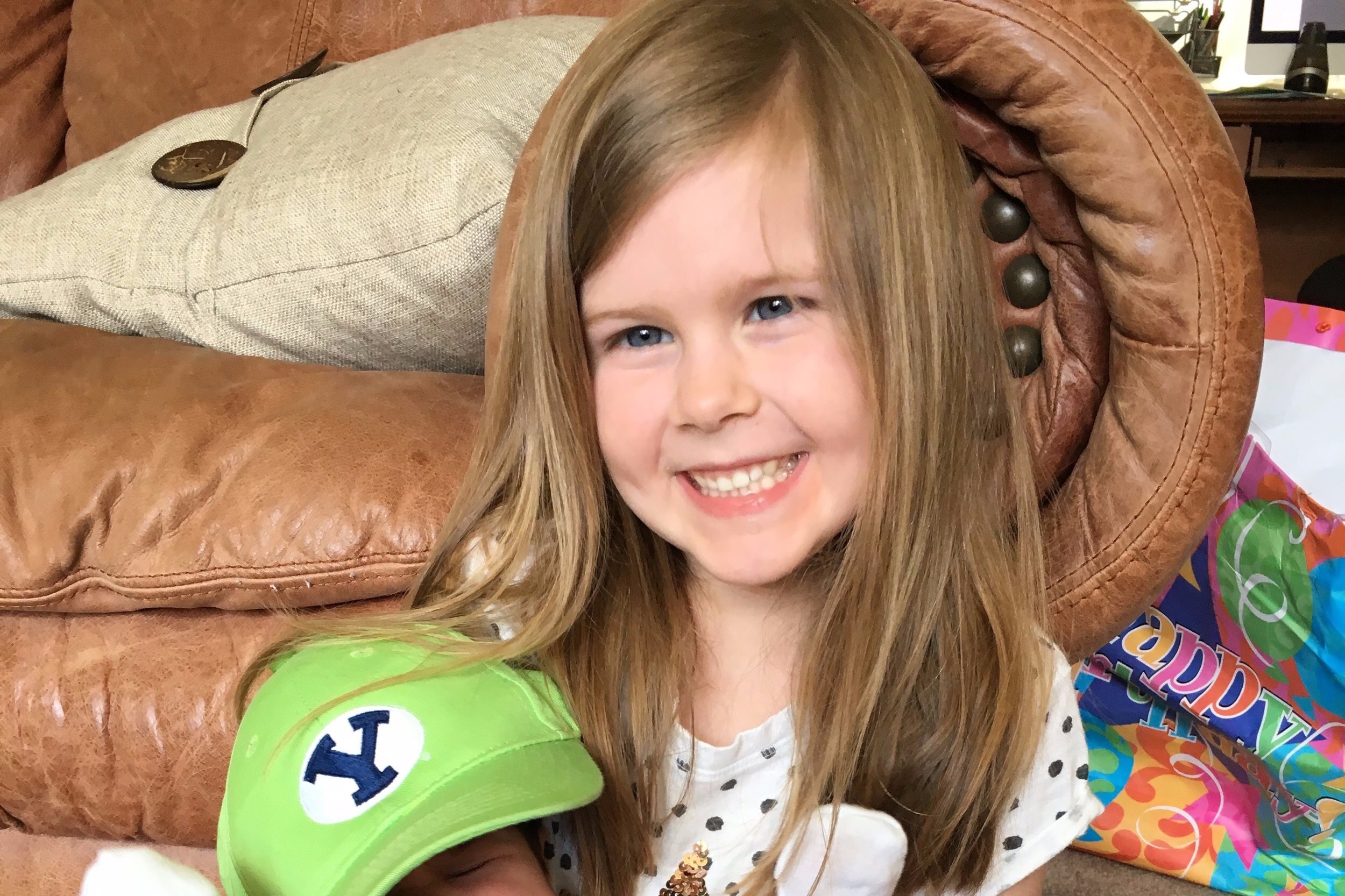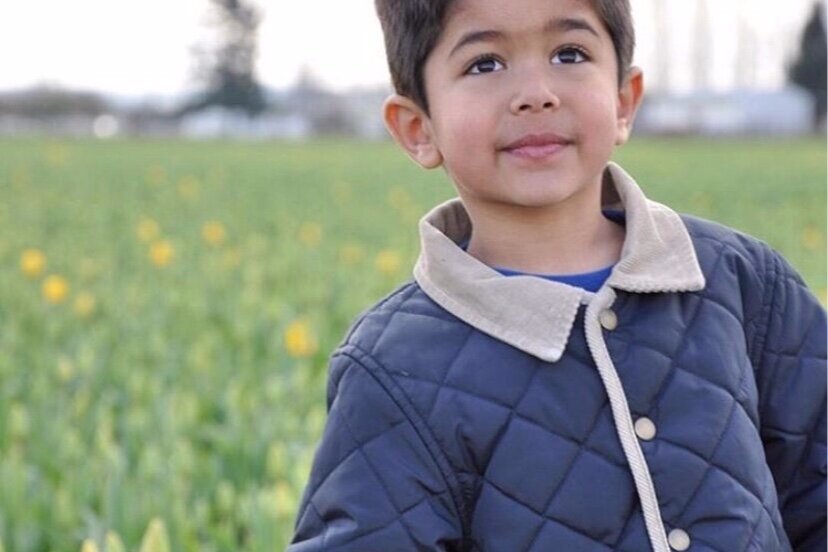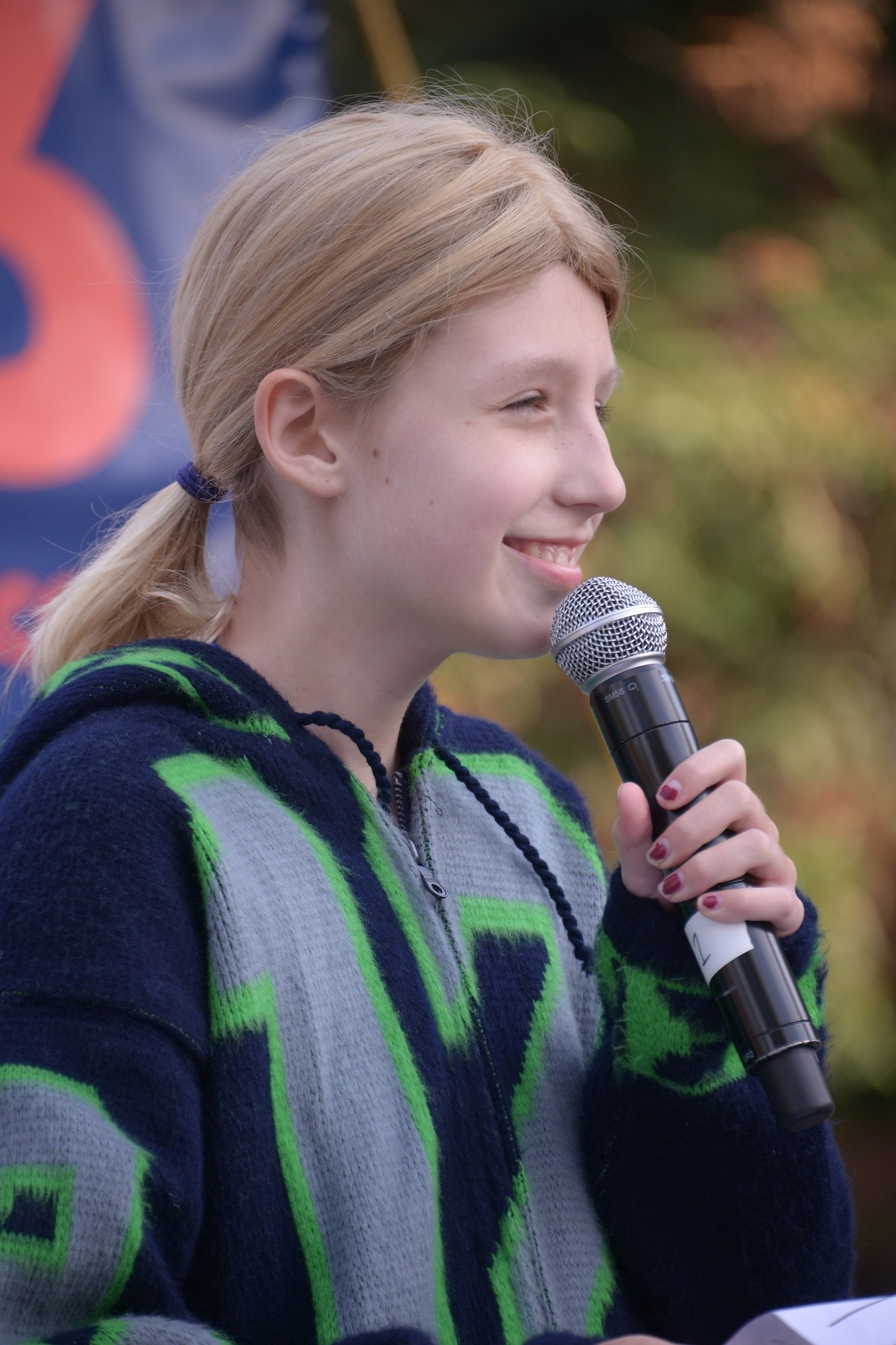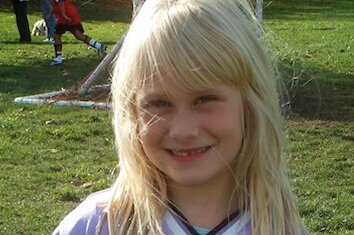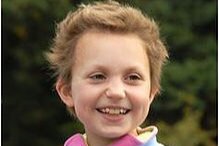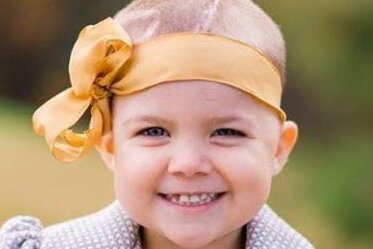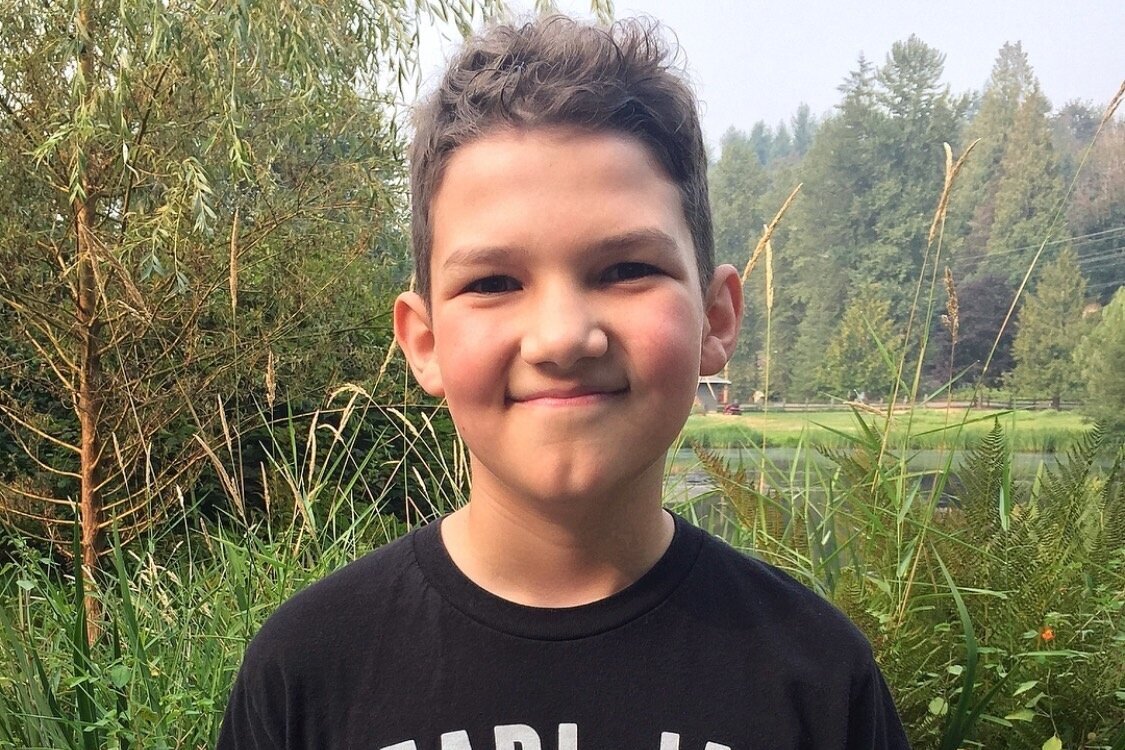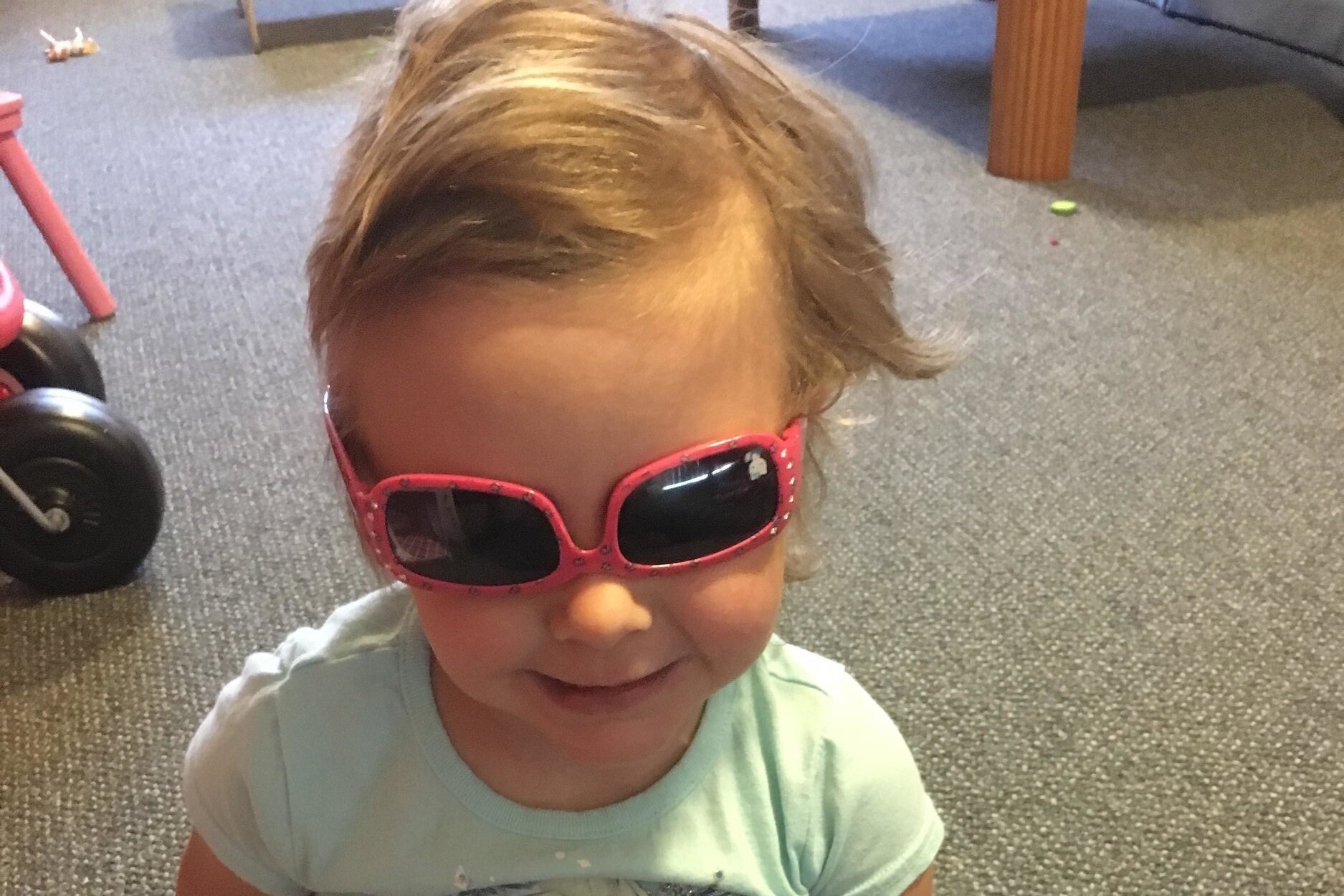Mary
Mary B. McCann loved reading, swimming, learning, playing soccer and her cat Ernie. She would tear down the soccer field evading defenders and she could shoot a goal just as well with her left foot as her right. A team player, she would more often pass the ball to her teammates than shoot. One day her coach pulled her aside and said, "It's ok to be selfish sometimes. Go ahead and shoot more!"
When Mary was 10 years old, she began to have occasional headaches. Her head would hurt and then she'd throw up and feel better. The doctor said it was probably migraines. That summer she went to Disneyland and overnight camp but her headaches continued and we scheduled an MRI. The neurologist told us that there was a mass in the back of Mary's brain and that we needed to go immediately to Children's Hospital. Our lives would never be the same.
Mary had emergency surgery for hydrocephalus that night and surgery to remove the tumor. We were told she had something called high risk stage 4 Medullablastoma. After a painful two week recovery,, Mary came home weak and thin. She had one week to rest and gain strength before starting treatment. School was out of the question.
Mary's amazing medical team threw everything they had at her tumor during that first phase of treatment. She was given a cocktail of chemotherapy and two kinds of radiation. Wearing a face mask made of hard plastic, she had to lie on her stomach and not move for 20 minutes. The mask had to be painfully tight and her nose would constantly drip snot onto the floor. She got very sick but never complained. Treatment continued with chemo infusions for six months. Her team at Seattle Children's saved her life. Mary bought school supplies and joined her friends at middle school that Fall.
The side effects from radiation and chemotherapy are awful. Mary suffered significant hearing loss, permanent hair loss, neuropathy, cataracts, balance problems and dizziness. She did not lose her love of learning, or her charming personality and quiet determination. She went to school determined to be as close to a normal kid as possible. How grateful we are that she got to go to middle school!
Two years later, scans showed evidence of a slow growing recurrence. We held off despair by attending to each day as fully as possible and not thinking about what lay ahead. In a tiny examination room crowded with too many people, we were told that the chance of saving Mary's life was very small. Mary's brain tumor team devised treatments (many experimental) that would allow her to continue school part time. More chemo and radiation gave her a lot of good days and some sick days. She also began to have seizures that required more medication. Mary dealt with each new impediment with incredible courage. In 2017, still weak from radiation, she walked the whole Run of Hope supported by her childhood friends.
In a last ditch effort to save her life, Mary underwent another surgery to remove her tumor and to implant a device that could be used to put medicine directly into her brain. It was hoped that perhaps she could qualify for a new immunotherapy trial. Unfortunately, years of harsh treatment, her growing tumor and various complications weakened Mary so much that she could no longer sit up or talk. Mary died at home surrounded by her family in August of 2018.
There are lots of hopeful and exciting brain tumor treatments on the horizon. Mary had the best treatment in the world but it wasn't enough. We must do better. We are hopeful that the work on pediatric brain tumor research at Seattle Children's will develop treatments that will cure kids with cancers like Mary's. We walk for those kids.



